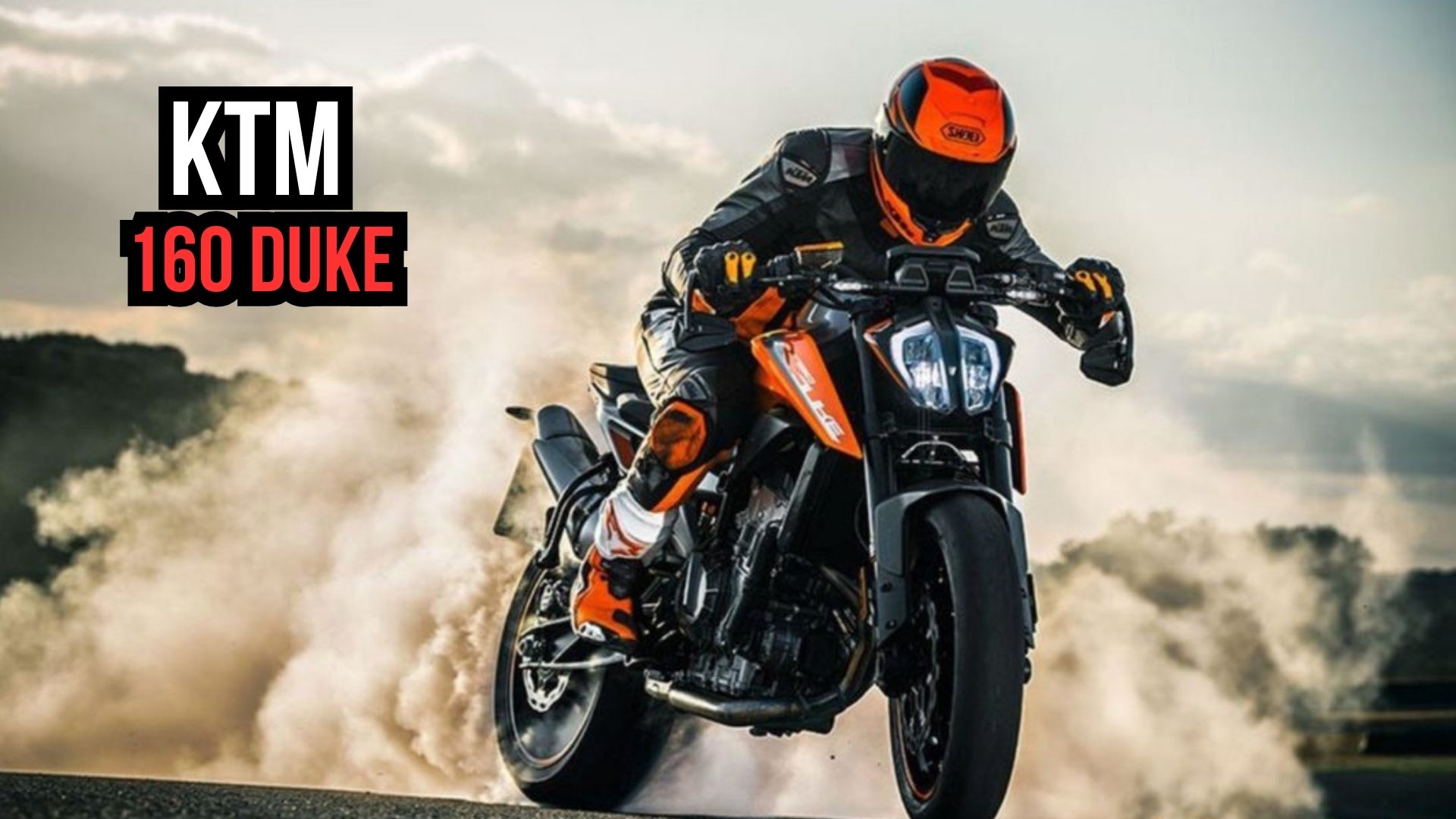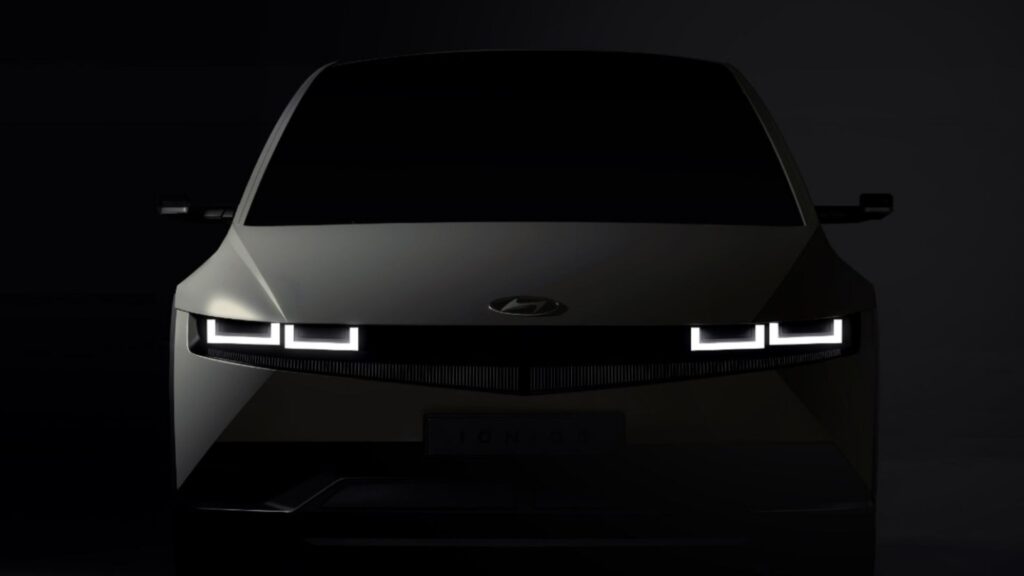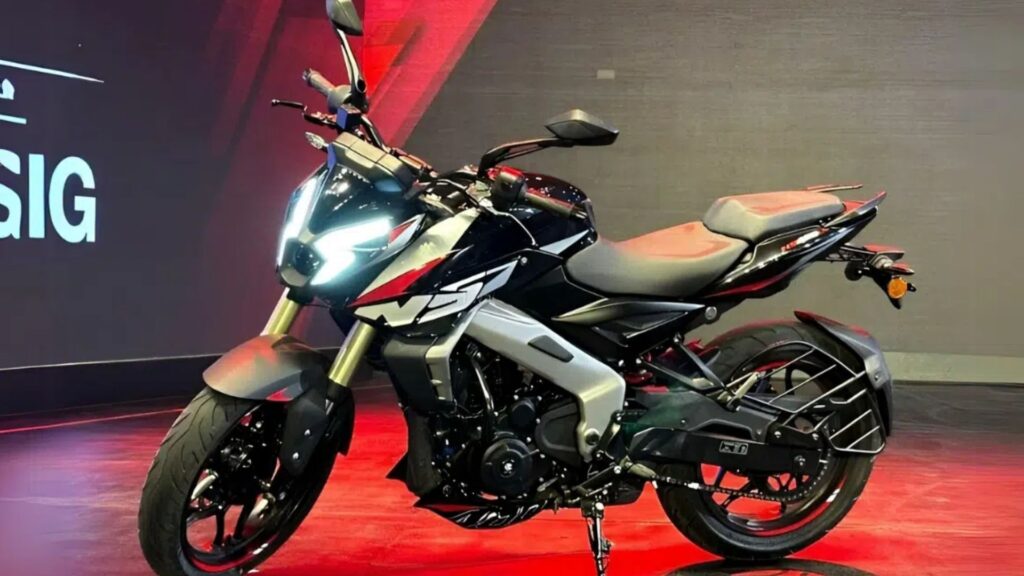The KTM 160 Duke marks an important addition to KTM’s India lineup, aiming to capture the youth and commuter-focused enthusiasts who crave a mix of performance, style, and everyday usability. With the 200 Duke already a popular choice in the entry-level performance segment, the 160 Duke has the responsibility of offering the KTM thrill at a more accessible price. But does it deliver on expectations? Let’s take a detailed look.

KTM 160 Duke: Design and Styling

The design of the KTM 160 Duke remains faithful to the Duke family DNA. Its sharp, edgy styling is instantly recognizable and carries forward the sporty aggression KTM is known for. Tank shrouds add muscularity, while the full LED headlamp and indicators lend it a modern appeal.
A 5-inch LCD instrument cluster is placed up front, featuring a joystick controller to navigate the menus. It may appear slightly dated compared to newer TFT units, but it packs plenty of essential information such as gear position, ABS modes, fuel consumption, engine temperature, and distance-to-empty.
Fit and finish levels on the 160 Duke have been noticeably improved compared to the older 200 Duke. Details such as handlebar grips, panel gaps, and paintwork feel more refined, ensuring that the smallest Duke doesn’t feel like a cost-cut machine.
Quick Summary
Specification |
Details |
|---|---|
Engine |
164 cc, liquid-cooled, single-cylinder |
Power Output |
19 hp @ 9500 rpm |
Torque |
15.5 Nm @ 7500 rpm |
Gearbox |
6-speed with slip-and-assist clutch |
Kerb Weight |
147 kg |
Seat Height |
815 mm |
Brakes |
320 mm front disc, 240 mm rear disc, dual-channel ABS |
Suspension |
USD front forks, rear monoshock |
Tyres |
110/70 (front), 140/60 (rear) |
Fuel Efficiency (claimed) |
~40 km/l |
Price (Ex-showroom) |
Rs. 1.85 lakh |
Official Website |
Hardware and Features
The KTM 160 Duke doesn’t compromise on hardware. It comes equipped with:
-
Braking: 320 mm front disc and 240 mm rear disc, supported by ByBre dual-channel ABS. Riders can also switch the rear ABS off via SuperMoto mode, a rare feature in this class.
-
Suspension: While KTM brochures highlight WP Apex suspension, test units were fitted with Endurance components. Regardless, it uses upside-down forks at the front and a rear monoshock linkage.
-
Frame and Tyres: The bike is built around a steel trellis frame with a steel subframe. It rides on 17-inch MRF radial tyres – 110/70 front and 140/60 rear.
This setup makes the Duke not only attractive on paper but also confidence-inspiring on the road.
Ergonomics and Comfort
Swing a leg over the KTM 160 Duke, and it instantly feels sporty yet comfortable. The upright stance, wide handlebars, and rear-set footpegs combine to offer a riding triangle suitable for both city commutes and spirited rides.
Key ergonomic highlights:
-
Kerb weight: 147 kg (about 9 kg heavier than the Yamaha MT15).
-
Seat height: 815 mm, manageable for most riders.
-
Wheelbase: 1357 mm, slightly longer than the Yamaha MT15 for more stability.
The split seat design is supportive and spacious, making pillion riding a more practical proposition compared to rivals like the MT15.
Engine and Performance
At the heart of the 160 Duke lies a 164 cc, single-cylinder, liquid-cooled engine derived from the larger 200 Duke’s powertrain. With revised bore and stroke, lighter internals, and careful engineering tweaks, the engine offers:
-
Power output: 19 hp at 9500 rpm
-
Torque: 15.5 Nm at 7500 rpm
-
Gearbox: 6-speed with slip-and-assist clutch
Compared to the Yamaha MT15’s 18.4 hp and 14.5 Nm, the KTM edges ahead in outright performance. However, Yamaha’s better power-to-weight ratio keeps the battle tight.
On the road, the 160 Duke impresses with a strong mid-range. KTM claims 80% of torque is available under 4000 rpm, aiding in city performance. Roll-on acceleration in 3rd and 4th gear is quicker than its Yamaha rival.
Vibrations creep in past 7000 rpm, felt on the bars, pegs, and tank, but refinement levels are otherwise commendable. Top speeds cross 100 km/h with ease, though extended cruising at triple digits feels strained.
Fuel Efficiency
KTM claims the 160 Duke is about 10% more efficient than the 200 Duke. Internal tests show it returns around 40 km/l, while the official ARAI figures are yet to be announced. This balance of performance and efficiency makes it appealing for daily riders.
Ride and Handling
Handling remains a KTM strong suit, and the 160 Duke doesn’t disappoint. Its trellis frame, sharp geometry, and evenly distributed mass make it agile in the city and stable on twisty roads.
-
Braking: The front brake delivers sharp bite and progressive feedback. However, the rear brake continues KTM’s trend of being slightly underwhelming.
-
Suspension: Set on the firmer side, the bike transmits bumps more directly on rough surfaces but rewards with precise cornering ability and flickability.
-
City use: Compact dimensions and responsive throttle make filtering through traffic effortless.
Price and Rivals
At Rs. 1.85 lakh (ex-showroom), the KTM 160 Duke is positioned slightly higher than the Yamaha MT15’s top trim by about Rs. 5,000. Interestingly, its pricing also overlaps with bigger motorcycles like the Hero Xtreme 250R and Bajaj Pulsar NS400, giving buyers multiple choices in this price bracket.
Verdict: Is the KTM 160 Duke Worth It?
The KTM 160 Duke delivers on most of the expectations set for it. It is stylish, well-built, and offers genuine performance advantages in its class. While it lacks the raw aggression of the 200 Duke and feels a bit firm on broken roads, it remains an exciting motorcycle for enthusiasts who want the KTM badge at a slightly more accessible price.
For riders seeking a blend of everyday usability, sporty handling, and KTM’s signature thrill, the 160 Duke is indeed a worthy contender.
FAQs
Q1: Is the KTM 160 Duke suitable for beginners?
A. Yes. With manageable weight, refined power delivery, and rider-friendly ergonomics, the 160 Duke is suitable for new riders looking for their first performance motorcycle.
Q2: How does it compare to the Yamaha MT15?
A. The KTM offers slightly more power and premium features like dual-channel ABS with SuperMoto mode. The Yamaha, however, has a better power-to-weight ratio and more comfort over long rides.
Q3: What is the real-world mileage of the KTM 160 Duke?
A. Expect around 35-38 km/l in city conditions, with highway figures closer to KTM’s claimed 40 km/l.
Q4: Can the KTM 160 Duke handle long-distance touring?
A. It can manage highway runs, but the firm suspension and vibrations at higher rpm make it more suitable for city and weekend rides rather than extended touring.
Q5: Does it share parts with the 200 Duke?
A. Yes. The engine architecture, frame design, and some hardware components are derived from the 200 Duke but reworked for cost and efficiency.
For More Information Click HERE






